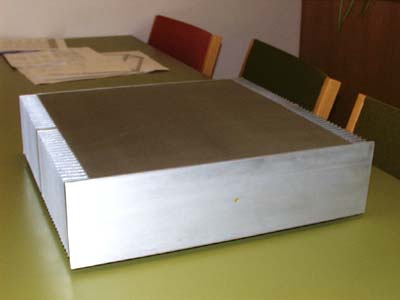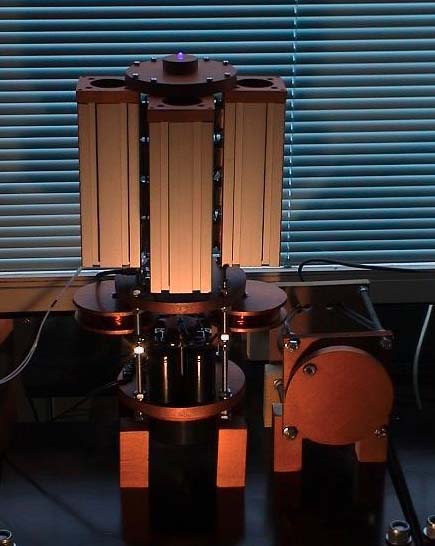

The popularity of the Zen projects points out the interest in very simple linear circuits. They are intended to fuel that interest. The Zen, Bride of Zen, and Son of Zen have been explorations in how much objective and subjective performance can be achieved with a single gain stage. This extreme simplicity has an aesthetic appeal, which speaks to the purist in audiophiles, and the presumption that simple circuits sound better. At least one "objectivist" has complained (objected?) that the Zen projects do not measure up compared with more sophisticated and complex amplifiers. This is mostly true, but beside the… More...
The importance of phase response in the audio chain has been brought to greater focus recently by equipment claims of phase coherency, (the output signal has the same phase relationships as the input signal). It is not particularly obvious that two different frequency components of a signal can go into a device at precisely the same time and emerge at different times, but it is extremely common. All audio components distort the phase of the signal to some degree-even air alters the time alignment of a signal, but the biggest offenders are loudspeakers and their crossover networks. Phase shifts in… More...
Copyright © 2016 Pass Laboratories, Inc. All rights reserved
Telephone: 530.878.5350